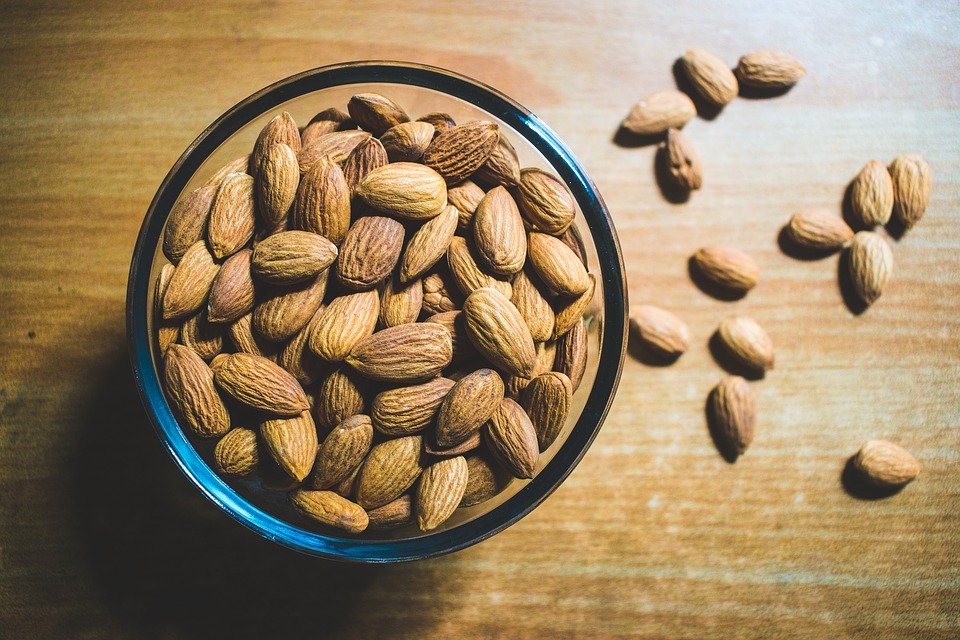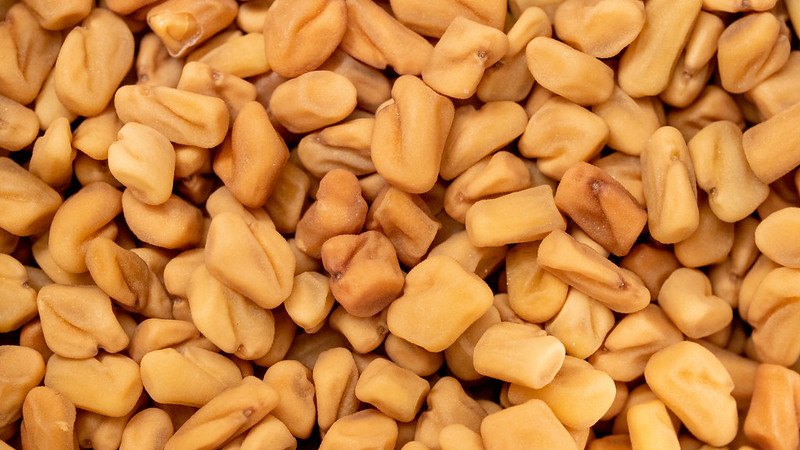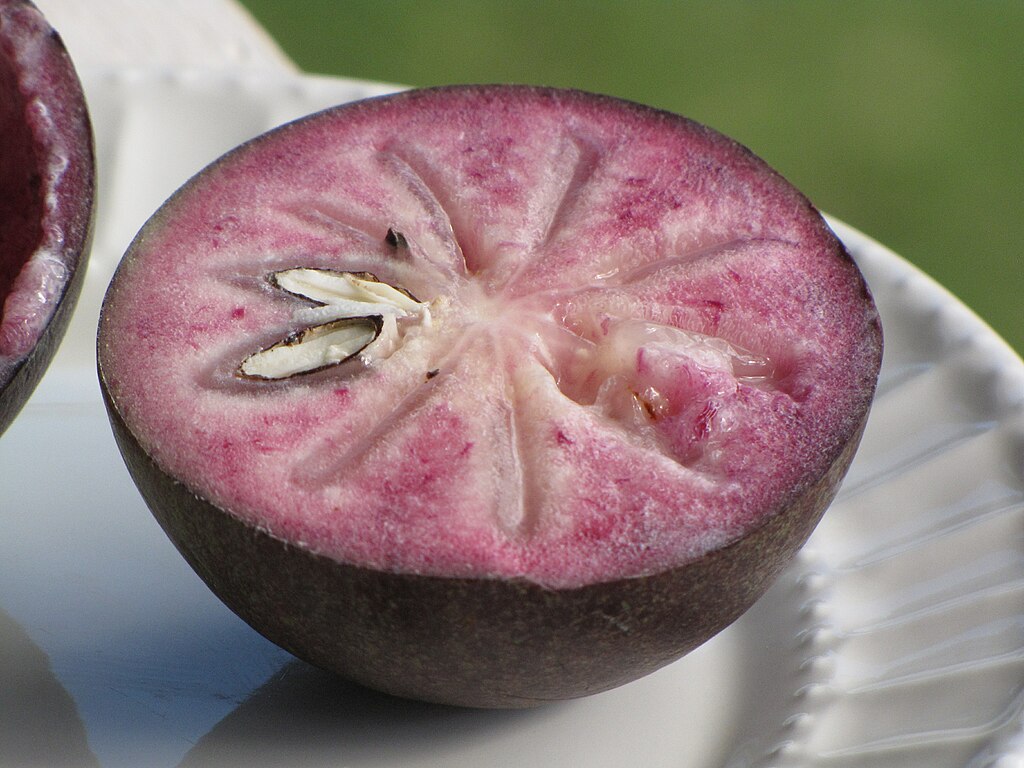
🌟 Discover the Sweetness without Spikes: Unveiling the Glycemic Index of Fruits 🌟
Are you a fruit lover? Do you want to make informed choices about the fruits you consume? Understanding the glycemic index (GI) of fruits can help you make healthier decisions while enjoying the sweetness of nature’s bounty. In this ultimate guide, we will delve into the fascinating world of fruits and their impact on blood sugar levels. Get ready to explore the glycemic index of different fruits, learn about low, moderate, and high GI fruits, and discover how to incorporate them into your diet for optimal health.
Welcome to the ultimate guide to the world of fruits, where we explore the incredible benefits and delectable flavors that nature has to offer. Fruits are not only a delightful addition to our meals but also a powerhouse of essential nutrients, antioxidants, and fiber that contribute to overall health and well-being. In this comprehensive guide, we will delve into the fascinating aspects of fruits, including their glycemic index (GI) values, nutritional benefits, and practical tips for incorporating them into your daily routine. So, let’s embark on a journey of fruity discoveries that will revitalize your diet and leave you craving for more!
🍒 The Glycemic Index (GI) and Its Significance
The glycemic index is a measurement used to assess how quickly carbohydrates in food raise blood sugar levels. It is especially important for individuals managing diabetes or those striving for balanced blood sugar levels. Fruits, being a source of natural sugars, can vary in their glycemic index values. Understanding the GI of fruits can help you make informed choices about which ones to enjoy in moderation and which ones to savor freely.
Low glycemic index fruits, such as cherries, grapefruit, and strawberries, have a GI value below 55. These fruits release sugar slowly into the bloodstream, preventing rapid spikes in blood sugar levels. On the other hand, fruits with a higher GI, like watermelon and pineapple, can provide quick bursts of energy and are best enjoyed in moderation or alongside other foods to balance their effect on blood sugar.
🔍 Understanding the Glycemic Index
What is the Glycemic Index (GI)?
The glycemic index is a ranking system that measures how quickly carbohydrates in foods raise blood sugar levels compared to pure glucose. It provides valuable information about the quality and impact of carbohydrates on our bodies.
Why is GI important for managing blood sugar levels?
By understanding the glycemic index of foods, especially fruits, individuals can make informed choices to manage blood sugar levels effectively. Low GI foods are digested and absorbed more slowly, resulting in a slower rise in blood sugar levels. This can be beneficial for individuals with diabetes or those aiming to control their blood sugar levels.
The benefits of choosing low GI foods Incorporating low GI foods, including fruits, into your diet offers several advantages. These foods provide sustained energy, promote satiety, and may help manage weight. They can also contribute to better blood sugar control, reducing the risk of diabetes and improving overall health.
How is the Glycemic Index categorized?
The Glycemic Index is categorized as follows:
- Low GI: 55 or less
- Moderate GI: 56-69
- High GI: 70 or above
🌈 The Spectrum of Nutritional Benefits
Beyond their glycemic index values, fruits offer a remarkable range of nutritional benefits that contribute to our overall health and vitality. They are packed with essential vitamins, minerals, dietary fiber, and antioxidants that support various bodily functions and help ward off diseases. Here’s a closer look at some of the key nutrients found in fruits:
- Vitamin C: Many fruits, such as kiwi, oranges, and strawberries, are abundant in vitamin C. This powerful antioxidant supports immune function, collagen synthesis, and iron absorption, while also promoting healthy skin and protecting cells from damage.
- Dietary Fiber: Fruits like apples, pears, and berries are rich in dietary fiber, which aids digestion, promotes feelings of fullness, and helps maintain healthy cholesterol levels.
- Antioxidants: Fruits are brimming with antioxidants, such as anthocyanins in cherries and lycopene in grapefruit. These compounds combat oxidative stress, reduce inflammation, and protect against chronic diseases like heart disease and certain cancers.
- Vitamin A: Mangoes, peaches, and cantaloupes are excellent sources of vitamin A, a nutrient essential for vision, immune function, and healthy skin.
By including a variety of fruits in your diet, you can harness the diverse range of nutrients they offer and support your body’s optimal functioning.
🟢 Low Glycemic Index (GI) Fruits: Nourish Your Body, Manage Blood Sugar Levels
Low GI fruits have a slower and more gradual impact on blood sugar levels. These fruits are excellent choices for individuals looking to manage their blood sugar levels or follow a low glycemic diet. Let’s discover some of these nutrient-rich and delicious low GI fruits:
🍒 Cherries (GI: 22)
Cherries, with their delightful sweetness and low GI, are perfect for maintaining stable blood sugar levels. They are rich in antioxidants, particularly anthocyanins, which have anti-inflammatory properties. Enjoy fresh cherries as a snack or incorporate them into salads, desserts, and smoothies for a burst of fruity goodness. The impact of cherries on blood sugar is minimal due to their low GI, making them a fantastic addition to your diet.
🥝 Kiwi (GI: 53)
Kiwi fruits offer a tangy and refreshing flavor while providing a moderate impact on blood sugar levels. These vibrant fruits are packed with vitamin C and dietary fiber, promoting a healthy immune system and aiding digestion. Enjoy kiwi as a standalone snack, add it to smoothies, or include it in fruit salads for a burst of tropical goodness.
🍇 Grapefruit (GI: 25)
Grapefruit, known for its zesty flavor, has a low GI and provides a minimal impact on blood sugar levels. It is an excellent source of vitamin C and lycopene, a powerful antioxidant that may have potential anti-cancer properties. Savor the tangy goodness of grapefruit by enjoying it on its own, juicing it for a refreshing drink, or adding it to salads and desserts.
🍓 Strawberries (GI: 40)
Strawberries are not only sweet and flavorful but also have a moderate impact on blood sugar levels. These vibrant berries are rich in vitamin C, antioxidants, and dietary fiber. They support collagen production, promote healthy skin, and aid digestion. Snack on fresh strawberries, add them to smoothies, or use them as a topping for yogurt and oatmeal to enjoy their nutritional benefits while managing blood sugar levels.
🥥 Coconut (GI: 45)
Coconut, known for its tropical flavor and versatility, has a low GI and provides a slow release of energy. It is a good source of healthy fats, fiber, and essential minerals such as manganese and copper. Incorporate coconut into your diet by enjoying fresh coconut water, using coconut milk in curries and smoothies, or adding shredded coconut to baked goods and desserts.
🍑 Peaches (GI: 42)
Peaches, with their juicy and fragrant flesh, have a moderate impact on blood sugar levels. They are rich in vitamin C, vitamin A, and dietary fiber. Peaches also contain antioxidants that support overall health and well-being. Enjoy ripe peaches as a refreshing snack, add them to fruit salads, or use them in both sweet and savory dishes for a delightful flavor.
🍅 Tomatoes (GI: 15)
Tomatoes, although commonly considered a vegetable, are technically a fruit. They have a low GI and provide a minimal impact on blood sugar levels. Tomatoes are a great source of lycopene, vitamin C, and other antioxidants. Incorporate tomatoes into your diet by enjoying them fresh in salads, using them as a base for sauces and soups, or roasting them for a burst of rich flavor.
🍏 Apples (GI: 38)
Apples, known for their crunch and natural sweetness, have a moderate impact on blood sugar levels. They are packed with fiber, antioxidants, and essential vitamins and minerals. Apples are excellent for promoting healthy digestion and supporting overall well-being. Enjoy apples as a convenient snack, slice them onto oatmeal or salads, or use them in baking for a comforting treat.
🍈 Cantaloupe (GI: 65)
Cantaloupe, with its juicy and fragrant flesh, falls into the moderate GI category. While it provides a moderate impact on blood sugar levels, it is still a nutritious choice when consumed in moderation. Cantaloupe is rich in vitamin A, vitamin C, and dietary fiber. Enjoy this refreshing melon by itself, blend it into smoothies, or add it to fruit salads for a burst of tropical flavor.
| Fruit | Glycemic Index (GI) |
|---|---|
| Cherries | 22 |
| Kiwi | 53 |
| Grapefruit | 25 |
| Strawberries | 40 |
| Coconut | 45 |
| Peaches | 42 |
| Tomatoes | 15 |
| Apples | 38 |
| Cantaloupe | 65 |
🟡 Moderate Glycemic Index (GI) Fruits: Balancing Flavor and Impact
Moderate GI fruits have a slightly higher impact on blood sugar levels compared to low GI fruits. While they may cause a moderate rise in blood sugar, they can still be enjoyed as part of a healthy diet. Let’s explore some of these fruits that strike a balance between flavor and glycemic impact:
🍊 Oranges (GI: 43)
Oranges, the classic citrus fruits, have a moderate GI and provide a moderate impact on blood sugar levels. Bursting with vitamin C and dietary fiber, oranges support a healthy immune system and aid digestion. Enjoy the refreshing taste of oranges by peeling them and savoring the juicy segments, or extract the fresh juice for a zesty and nutritious drink.
🍉 Watermelon (GI: 72)
Watermelon, although higher on the GI scale, can still be enjoyed in moderation due to its high water content and overall nutritional benefits. It provides a moderate impact on blood sugar levels. Watermelon is hydrating, low in calories, and rich in vitamins A and C. Savor a juicy slice of watermelon, blend it into refreshing smoothies, or add it to salads for a burst of summer flavor.
🍎 Pears (GI: 38)
Pears, with their sweet and juicy flesh, have a moderate impact on blood sugar levels. They are rich in dietary fiber, antioxidants, and essential nutrients such as vitamin C and potassium. Pears support healthy digestion and may help reduce the risk of chronic diseases. Enjoy ripe pears as a standalone snack, slice them onto salads, or incorporate them into baked goods for a natural sweetness.
🍍 Pineapple (GI: 59)
Pineapple, with its tropical sweetness, falls into the moderate GI category. It provides a more pronounced impact on blood sugar levels. However, pineapple is also a great source of vitamin C and manganese. Enjoy it fresh, blend it into smoothies, or incorporate it into fruit salads for a delightful tropical twist.
🍒 Blueberries (GI: 53)
Blueberries, with their rich color and sweet-tart flavor, have a moderate impact on blood sugar levels. They are packed with antioxidants, fiber, and vitamins, particularly vitamin C and vitamin K. Blueberries promote brain health, support heart health, and contribute to overall well-being. Snack on fresh blueberries, add them to yogurt or smoothies, or use them in baking for a burst of flavor.
🍌 Bananas (GI: 51)
Bananas, often referred to as nature’s energy boosters, have a high GI due to their carbohydrate content. While they provide quick energy, they may cause a more substantial rise in blood sugar levels. However, bananas are also rich in dietary fiber, potassium, and vitamins, making them a nutritious choice when consumed in moderation. Enjoy a banana as a quick and convenient snack, slice it onto cereal, or use it in smoothies and baking for a creamy texture and natural sweetness.
🍎 Grapes (GI: 46)
Grapes, whether red, green, or black, have a moderate impact on blood sugar levels. They are rich in antioxidants, including resveratrol, which has been associated with various health benefits. Grapes are a delicious and convenient snack, perfect for satisfying cravings while providing essential nutrients. Enjoy them fresh, freeze them for a refreshing treat, or add them to salads for a burst of juicy goodness.
| Fruit | Glycemic Index (GI) |
|---|---|
| Oranges | 43 |
| Watermelon | 72 |
| Pears | 38 |
| Pineapple | 59 |
| Blueberries | 53 |
| Bananas | 51 |
| Grapes | 46 |
🔴 High Glycemic Index (GI) Fruits: Enjoy in Moderation
High GI fruits have a more significant impact on blood sugar levels and should be consumed in moderation, particularly by individuals with diabetes or those aiming to manage their blood sugar levels. Here are some fruits that fall into the high GI category:
🍉 Watermelon (GI: 72)
Watermelon, with its high water content and sweet taste, falls into the high GI category. It provides a more significant impact on blood sugar levels compared to low and moderate GI fruits. While it can still be enjoyed in moderation, individuals with diabetes or insulin resistance should monitor their portion sizes. Remember to balance your overall diet and include a variety of fruits for optimal health.
🍍 Pineapple (GI: 59)
Pineapple, with its tropical sweetness, falls into the high GI category. It provides a more pronounced impact on blood sugar levels. However, pineapple is also a great source of vitamin C and manganese. Enjoy it fresh, blend it into smoothies, or incorporate it into fruit salads for a delightful tropical twist.
🌈 Embrace a Colorful Array of Fruits for Optimal Health
Incorporating a diverse range of fruits into your daily diet is key to reaping their full nutritional benefits. Remember that glycemic impact is just one aspect to consider, and portion sizes and overall dietary balance play crucial roles. Include low GI, moderate GI, and high GI fruits in moderation to enjoy their unique flavors, textures, and nutrient profiles.
🌱 Embrace the Wonderful World of Fruits for a Healthy Lifestyle!
By understanding the glycemic impact of fruits and incorporating them into a well-rounded diet, you can enjoy the abundant flavors, textures, and nutritional benefits they offer. Let the vibrancy of fruits elevate your meals and contribute to your overall health and well-being. Embrace the wonderful world of fruits and savor nature’s sweetest gifts while managing your glycemic impact.
🍎🍇🍌🍊🍓🍏🍉🍑🍍🍐🍈🍋🍅🥝🍒🥥🍎🍉🍍
Remember, always consult with a healthcare professional or registered dietitian for personalized advice regarding your specific dietary needs and health conditions.













